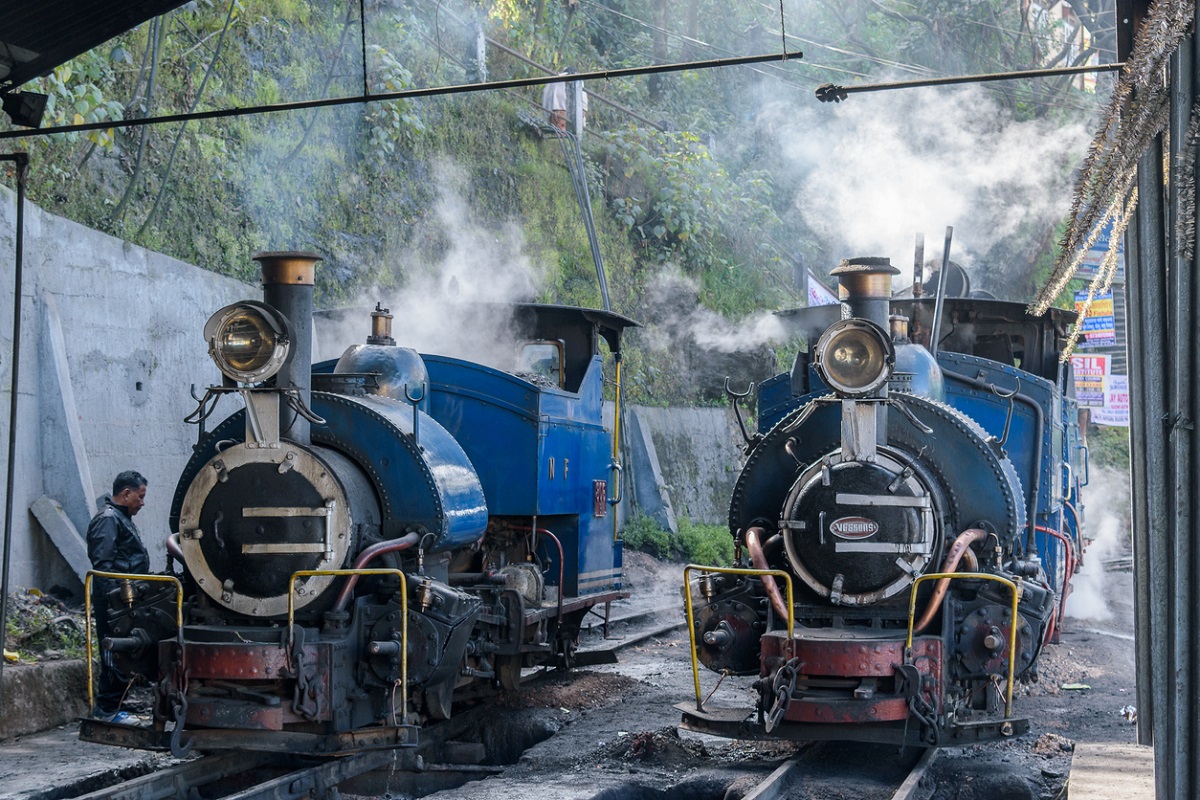The Gorkha Jan Mukti Morcha-2 is all set to stage protests at different railway stations in the Hills over the Centre’s plan to monetise the World Heritage Darjeeling Himalayan Railway (DHR).
The DHR has featured in the list of state-owned assets to be monetised by the central government under its National Monetisation Pipeline (NMP). “We are against this privatisation of the DHR and we will hold peaceful protest programmes on Friday against it in different railway stations till Sukna in the plains.
Advertisement
We will wear black bands on our arms and hold placards as a mark of protest against it,” said Keshav Raj Pokhrel, the GJM-2 spokesperson. He, however, maintained that the protest would not be held under any party flag, but that it would be a means to provide a platform where people can protest against it.
“We request people all over to support this cause and join us in the protest. We will also be holding signature campaigns, along with an online one, against it. We want the Centre to stop this process of privatisation,” he said.
Mr Pokhrel also maintained that the DHR was an “identity” for Darjeeling and had its roots in ancestors of this place. “If it is privatized, there is no guarantee that houses that have been built on the sides of railway tracks will not be bulldozed. Also, if any change is made on the infrastructure of the DHR, that does not comply with the heritage status. Finally, the heritage tag may be taken away,” he said, adding that the BJP had done nothing and now were only “selling government assets to fill their coffers.”
Meanwhile, Darjeeling’s BJP MP Raju Bista expressed concerns at the way people had been protesting the monetization plan as “privatisation.” “.… I find it disconcerting that in our region, reactions to many serious issues are based on distorted narratives spewed by a handful of people loyal to Nabanna.
What’s even more troublesome is that those opinion-makers are themselves clueless. As in the case of reaction to the National Monetization Pipeline (NMP), I have found that many of those who are yelping about ‘toy train privatisation’ are either deliberately trying to mislead the people or they don’t seem to know the difference between ‘privatisation’ and ‘monetisation.’
I would advise them to look up the meanings of these two words. As an elected representative and a Member of Parliament, I feel that it is my duty to bring forth all the facts in front of the people,” Mr Bista said.
“Privatisation is what the Mamata Banerjee government did to the five tea gardens based in Darjeeling hills and Dooars, run by the West Bengal Tea Development Corporation Ltd. They sold these tea gardens to Private companies for dirt cheap prices after showing them as being ‘sick gardens’.
Privatisation is what the TMC government did to Metro Dairy when they sold 47% public stake on the unit for mere Rs 85.5 crores to a private company. Privatisation is what the Left Front government led by CPIM did to the Great Eastern Hotel when they sold 90% of the public stake to a private group.
Privatisation is what TMC Government did to Haldia Petrochemicals Ltd when they sold their stake to a private company. Privatisation is what the Congress-led UPA government did when they sold public assets worth Rs 1.07 lakh crores to private companies when they were in power,” Mr Bista claimed.
“Our government is not privatising public assets instead, the government has proposed to monetise these assets and use the funds generated from these assets, expected to be to the tune of Rs 6 Lakh crores towards infrastructure development,” he added.
According to him, the Centre now was only leasing the assets to generate cash flows, necessary to fund India’s growth and development.
